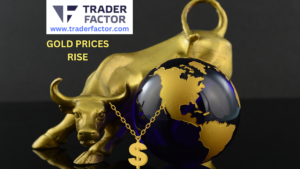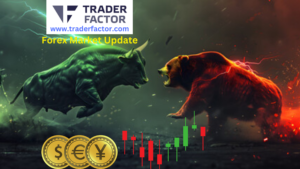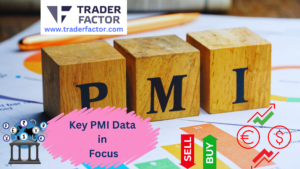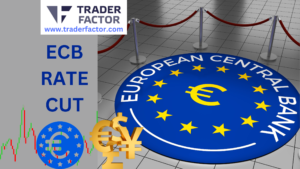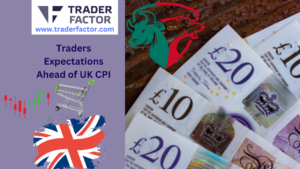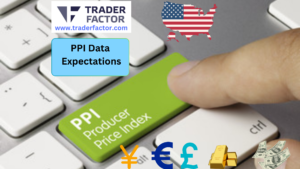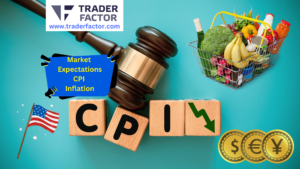KEY HIGHLIGHTS
- Interest rates are anticipated to increase by three-quarters of a percent on Wednesday in what would be the Federal Reserve’s second consecutive increase of that magnitude.
- Investors will be looking to Fed Chairman Jerome Powell for direction on what the Fed may do at its meeting in September, but he is expected to be evasive and leave alternatives open.
- The consumer price index increased by 9.1 percent in June, marking the greatest rate of inflation in more than 40 years.
Today’s interest rate increase by another three-quarters of a point is generally anticipated, but the Federal Reserve could shock the markets by sounding even more resolute about tightening policy.
That indicates that the Fed would sound “hawkish,” or determined to raise interest rates as high as necessary in order to reduce inflation. At 2 p.m. ET on Wednesday, the central bank is anticipated to make the rate announcement.
At 2:30 p.m. ET, Fed Chairman Jerome Powell then addresses the media.
Increasing the fed funds rate by 75 basis points, or three-quarters of a point, would bring it to a range of 2.25 percent to 2.5 percent.
When the fed funds rate reached zero to 0.25 percent in March, the Fed started hiking interest rates.
Investors will be watching Powell for clues about possible Fed actions at its September meeting.
Markets even braced for a full-point increase at one point this month, but Fed officials discouraged that idea.
According to global fixed income macro strategists, they don’t think the Fed is going to tilt a little bit more hawkish in September as they’re just not seeing the inflation progress.
‘Two-handed economist talk’
The Fed might offer updated analysis of the economy, which it might acknowledge is slowing.
Powell should admit slower growth, but he might also assert that the economy is fundamentally sound. Even if jobless claims have started to rise, the labor market is still robust.
On the eve of Thursday’s announcement of second-quarter gross domestic product, which some analysts anticipate will indicate a contraction, the Fed’s two-day meeting comes to an end. That would indicate that a recession might be approaching, and some others think that since it would be the second consecutive negative quarter, the economy would already be in one.
The National Bureau of Economic Research, which utilizes different standards to determine if a recession exists, has not yet issued a recession declaration.
Nevertheless, some traders are placing bets that the Fed’s relentless policy tightening would ultimately lead to a recession. Powell is anticipated to affirm the Fed’s trajectory of rate increases, which may seem hawkish.
In reality, the futures market is already factoring in the Fed’s U-turn for the next year. Traders predict that after raising the fed funds rate to 3.4 percent by the end of this year, the Fed will start lowering rates by next spring.
Hot inflation will probably keep the central bank increasing rates for the time being. In June, the consumer price index increased by 9.1%, which was the greatest level of inflation since November 1981. In June, the core CPI, which excludes energy and food, increased by 0.7 percent from May’s 0.6 percent.
Shorter duration Treasury yields could increase as a result of the Fed sounding more hawkish, and equities could decline following the meeting, according to Caron. The yield curve will invert even more if longer-term yields, such as those on the 10-year Treasury note, continue to decline due to recession fears.
Disclaimer:
All information has been prepared by TraderFactor or partners. The information does not contain a record of TraderFactor or partner’s prices or an offer of or solicitation for a transaction in any financial instrument. No representation or warranty is given as to the accuracy or completeness of this information. Any material provided does not have regard to the specific investment objective and financial situation of any person who may read it. Past performance is not a reliable indicator of future performance.
Author
-

Phyllis Wangui is a Financial News Editor with extensive knowledge of the forex, stock news, stock market, forex analysis, cryptos and foreign exchange industries. Phyllis is an avid commentator on these topics and loves to share her insights with others through financial publications and social media platforms.
View all posts SEO Editor










